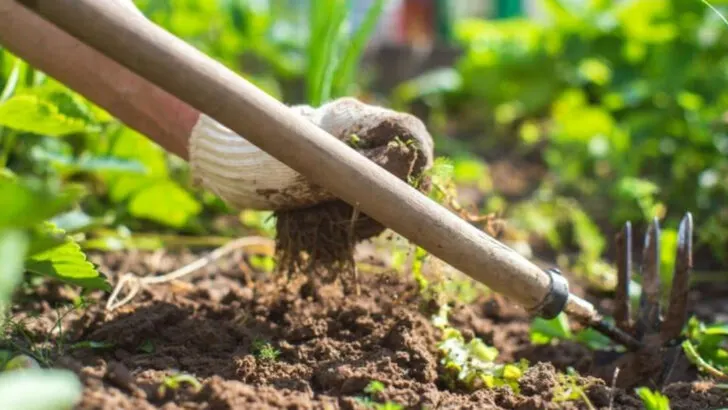Roots don’t wait for second chances. You either give them what they need in June— or spend the rest of the season wondering where it all went wrong. This isn’t just about tossing seeds in the ground and hoping for carrots. It’s about timing, depth, thinning, and feeding with ruthless precision. Beets, turnips, radishes—they’ll reward you richly, but only if you get serious right now. The soil’s warm. The days are long. The pressure’s on. And your future harvest is quietly taking shape beneath your feet. So dig deep. Literally. These 14 tasks are the line between limp roots and a crunchy, earthy jackpot.
Soil Testing
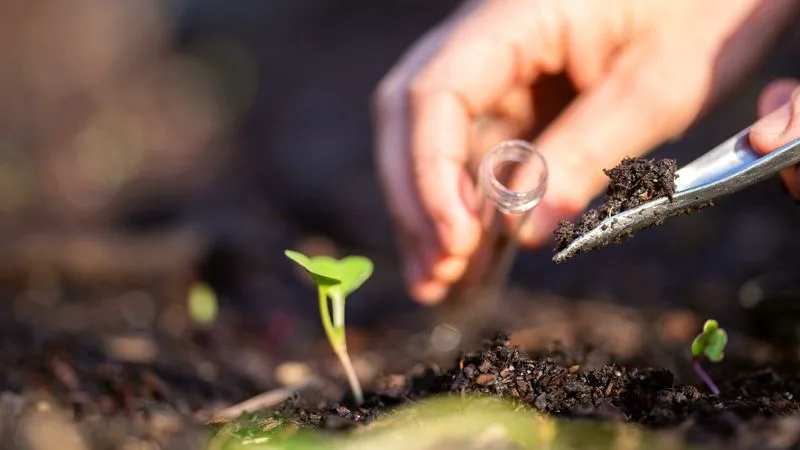
Before planting, it’s critical to know the type of soil you’re working with. A simple soil test can reveal vital information about pH levels and nutrient deficiencies. This knowledge allows you to amend the soil accordingly, ensuring optimum conditions for your root crops.
Choose a sunny day to collect soil samples from various parts of your garden. Remember, the health of your root vegetables starts beneath the surface. With the right adjustments, your garden will flourish.
Did you know that even slight changes in soil pH can significantly affect nutrient availability? Testing ensures you’re on the right track.
Weed Management
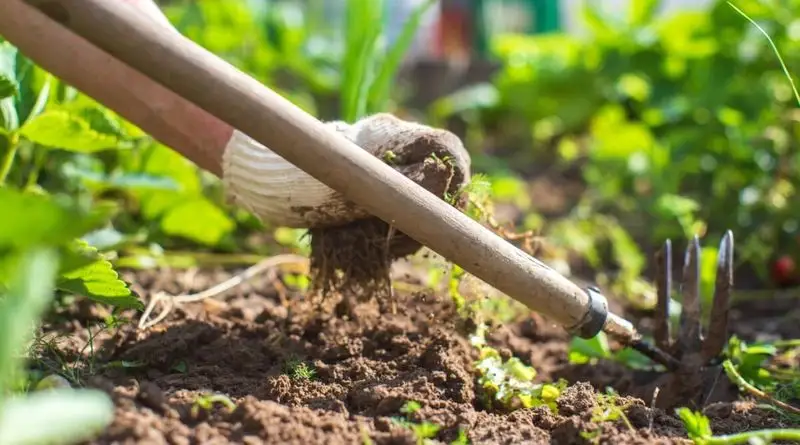
Weeds compete fiercely with root crops for nutrients and water. Keeping them at bay is essential for strong and healthy vegetables. June is the perfect time to get ahead of the game.
Regular weeding helps in breaking the cycle of growth and prevents weeds from setting seeds. Use tools like hoes or hand weeders to make the task easier. Consistency is key, and your root crops will thank you for your efforts.
Engage with your garden regularly and enjoy the process. It’s a therapeutic way to connect with nature while ensuring a bountiful harvest.
Mulching

Mulching is a fantastic way to conserve moisture and regulate soil temperature. By laying down mulch, you create an environment that protects the root crops from harsh weather.
Straw, wood chips, or even grass clippings can serve as effective mulching materials. These not only suppress weeds but also add organic matter as they decompose. Mulching is an investment in the future health and productivity of your garden.
Explore different mulching materials and find what works best for your crops. Your garden will thrive with this simple yet powerful technique.
Irrigation Planning
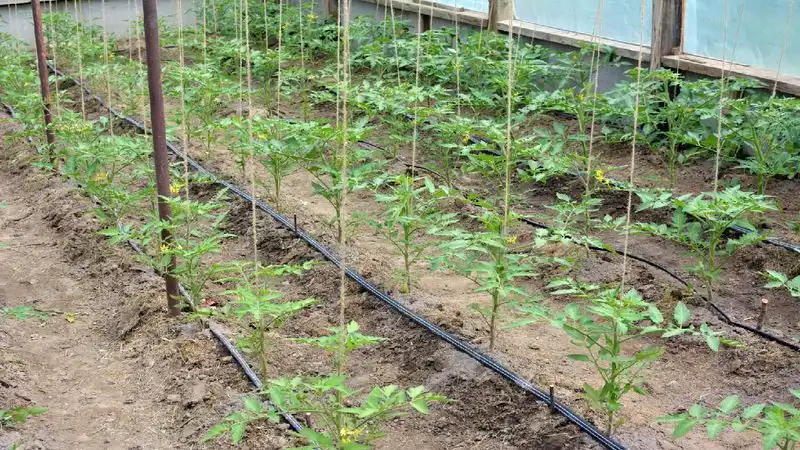
Water management plays a pivotal role in the success of root crops. A well-planned irrigation system ensures your plants receive the right amount of water.
Consider drip irrigation, which delivers water directly to the root zone and minimizes waste. Regularly check your system for leaks or blockages. Consistent watering leads to uniform growth and prevents issues like splitting.
Did you know that overwatering can be just as harmful as underwatering? Finding the balance is crucial for the health of your root crops.
Pest Control
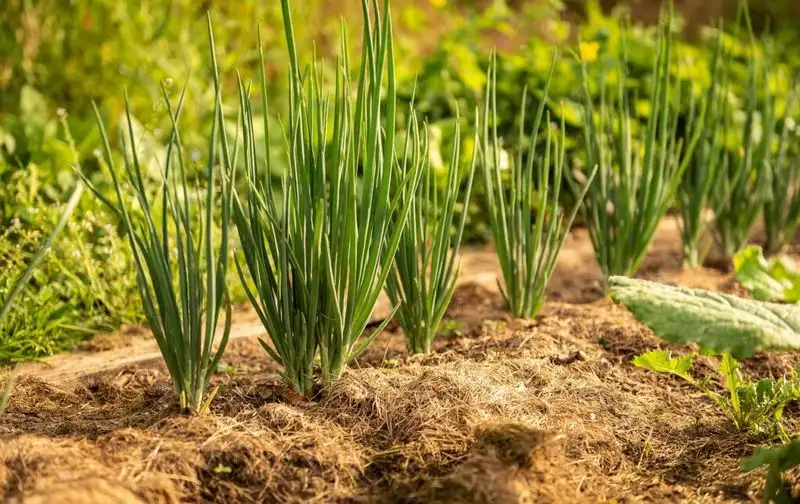
Pests can be the bane of any gardener’s existence, especially during June. Being vigilant and inspecting your crops regularly is the first line of defense.
Introduce beneficial insects like ladybugs or parasitic wasps to naturally control pest populations. Organic sprays or homemade remedies can also be effective.
Understanding the life cycle of pests helps in targeting them effectively. With a proactive approach, your root crops will remain healthy and productive.
Fertilization

Fertilization is the cornerstone of a productive garden. Root crops demand a balance of nutrients for optimal growth.
Opt for organic fertilizers that release nutrients slowly. This ensures a steady supply of essential elements throughout the growing season. Tailor your fertilization strategy based on soil test results for best outcomes.
Did you know that over-fertilizing can lead to lush foliage but poor root development? Understanding your crops’ needs leads to a successful harvest.
Thinning Seedlings
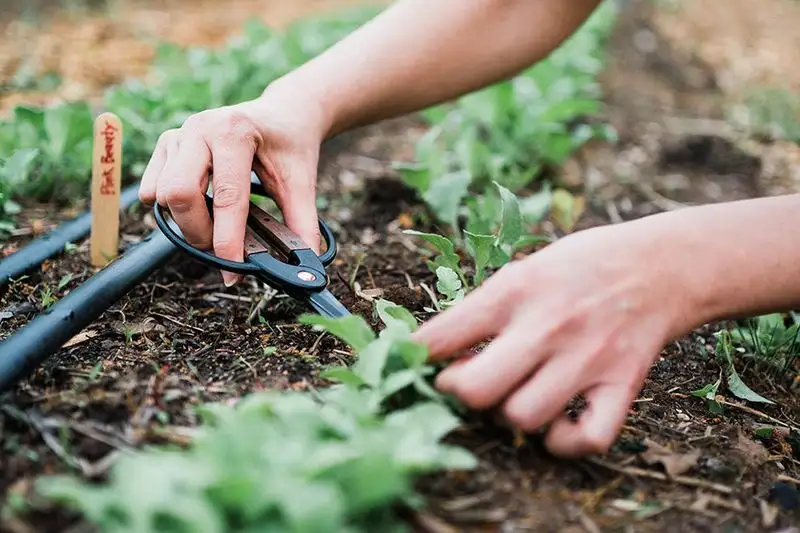
Thinning is an essential task that allows your root crops to grow without competition. Crowded plants lead to undersized and misshapen vegetables.
Carefully remove excess seedlings to give remaining plants ample space and nutrients. This simple act promotes healthier development and maximizes yields.
Thinning may seem wasteful, but it pays off with better quality produce. Think of it as an investment in the health of your garden.
Companion Planting

Companion planting is a strategic way to enhance the growth and productivity of root crops. Certain plants can deter pests, attract pollinators, or improve soil health.
Consider interplanting marigolds, which repel nematodes, or basil, which enhances the flavor of root vegetables. These natural allies contribute to a harmonious garden ecosystem.
Experiment with different combinations and observe their effects. Companion planting is both an art and a science, offering endless possibilities for your garden.
Crop Rotation

Crop rotation is a tried-and-true method for maintaining soil fertility and reducing pest and disease buildup. It involves changing the location of crops each season.
By rotating root crops with legumes or leafy greens, you can break pest cycles and improve soil structure. This practice promotes sustainable gardening and long-term productivity.
Dive into the rich history of crop rotation and see how it has shaped agriculture. It’s a simple yet powerful tool for any serious gardener.
Harvesting Timely
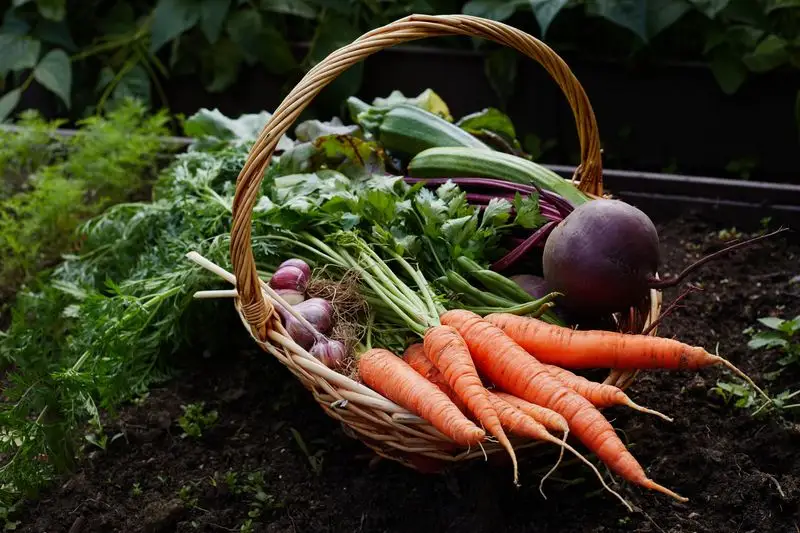
Timing is everything when it comes to harvesting root crops. Picking them at the right moment ensures the best flavor and texture.
Monitor your plants closely as they mature, and use size and color as indicators. A well-timed harvest prevents crops from becoming woody or bitter.
Enjoy the satisfaction of pulling fresh, crunchy vegetables from the earth. It’s a rewarding culmination of your hard work and care throughout the growing season.
Disease Monitoring
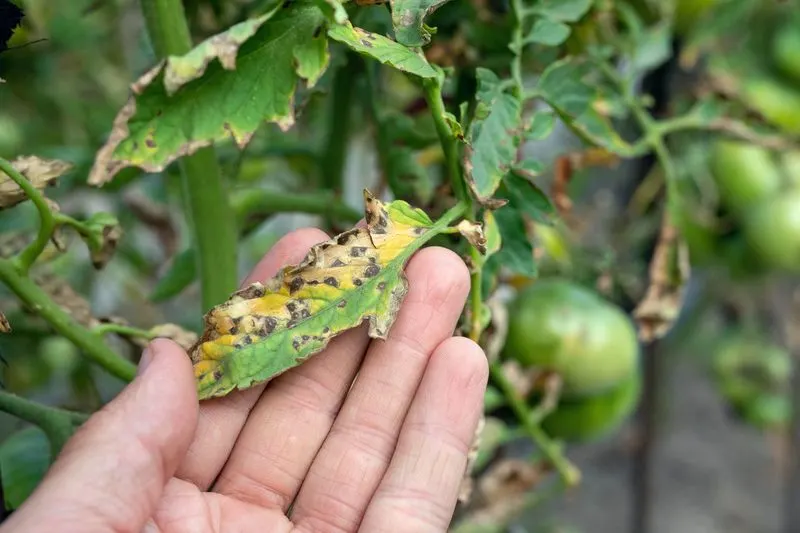
Monitoring for diseases is a critical task for maintaining a healthy garden. Early detection can save your crops from devastating losses.
Regularly inspect plants for unusual spots, wilting, or discoloration. Understanding common diseases helps in taking quick and effective action.
Stay informed about potential threats and adapt your gardening practices to prevent outbreaks. Knowledge is power when it comes to disease management.
Soil Aeration
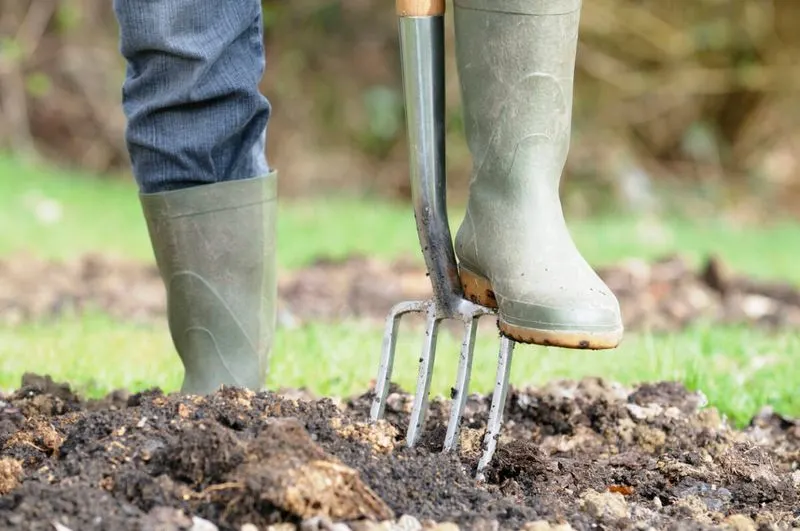
Aeration enhances root growth by improving soil structure and increasing oxygen availability. It’s an often-overlooked task that pays dividends in the long run.
Use a garden fork to gently loosen compacted soil, being careful not to disturb roots. This practice facilitates better water infiltration and nutrient absorption.
Embrace this simple technique to give your root crops a breath of fresh air. Your plants will grow stronger and more resilient.
Seed Saving

Saving seeds from your best-performing plants is a rewarding way to preserve genetic diversity and adapt crops to local conditions.
Choose the healthiest plants and harvest seeds once they are fully matured. Store them in a cool, dry place for next season’s planting.
Celebrate the cycle of growth and renewal that seed saving embodies. It’s a practical and sustainable approach to gardening.
End-of-Season Cleanup
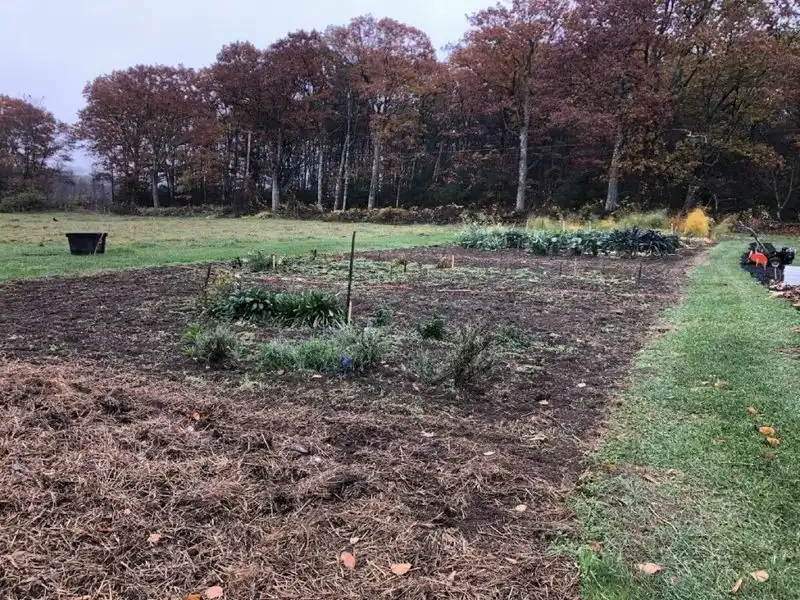
As the growing season winds down, cleaning up your garden sets the stage for future success. Removing plant debris and weeds minimizes disease and pest carryover.
Compost healthy plant material to enrich the soil for next year. This is an opportunity to reflect on the season’s achievements and lessons learned.
An organized garden is a happy garden. End the season on a high note with a thorough cleanup, preparing for the adventures of the next planting season.

